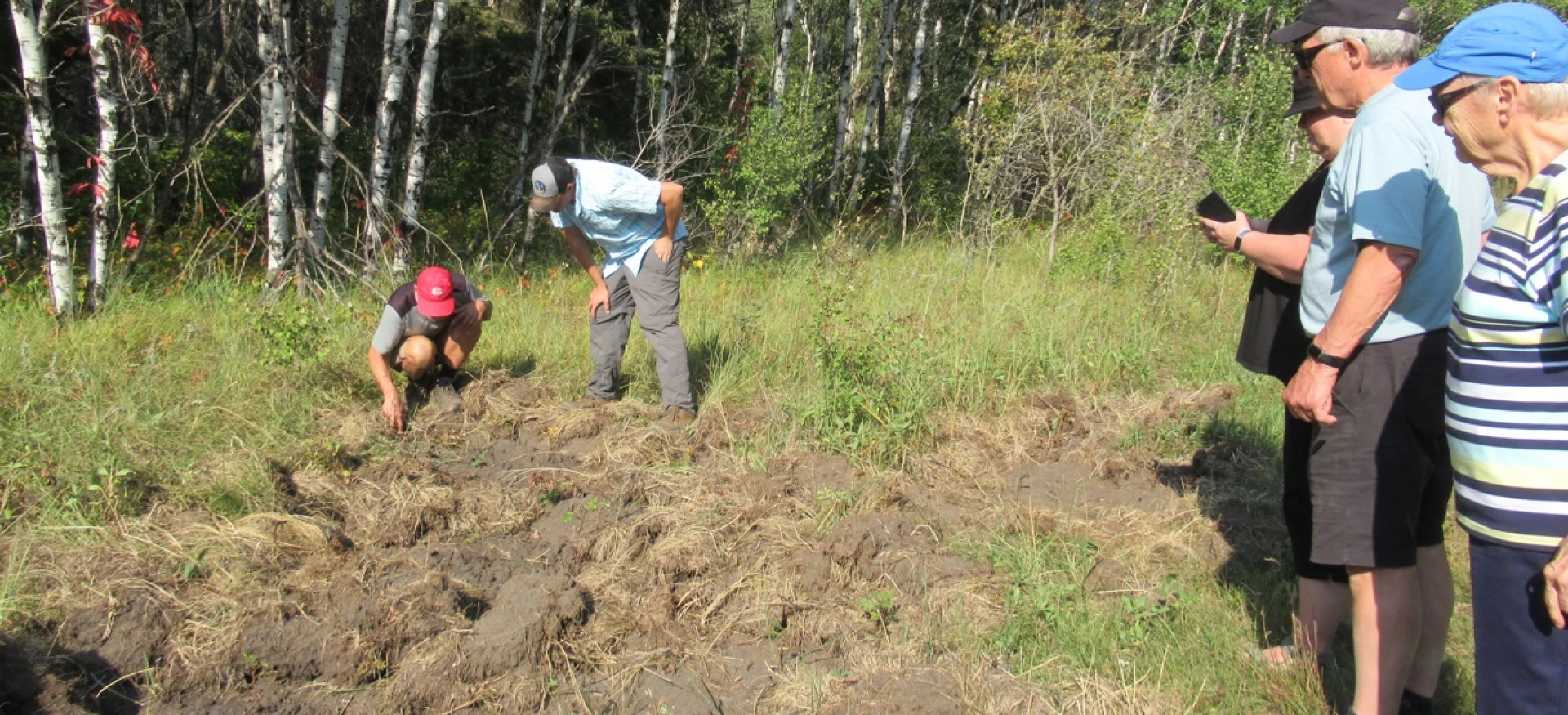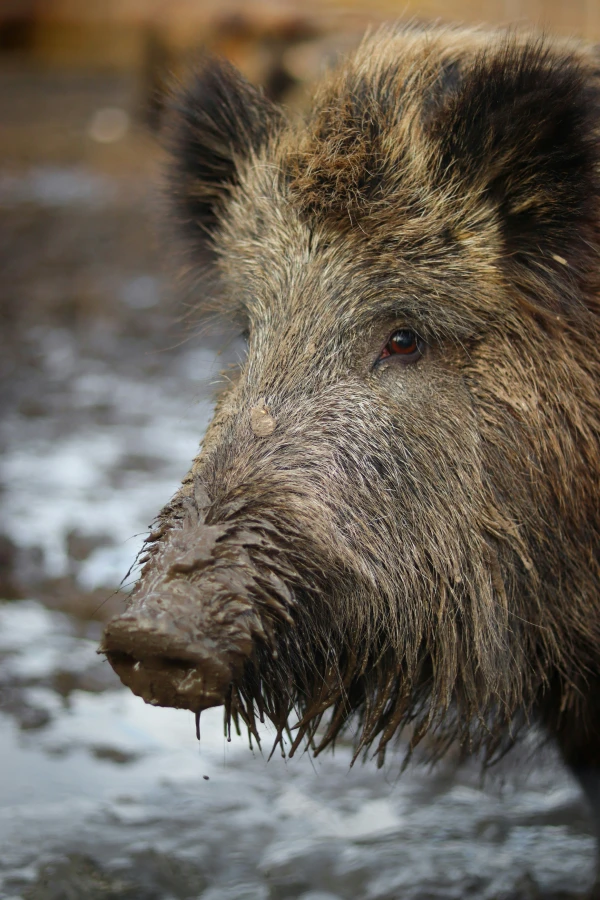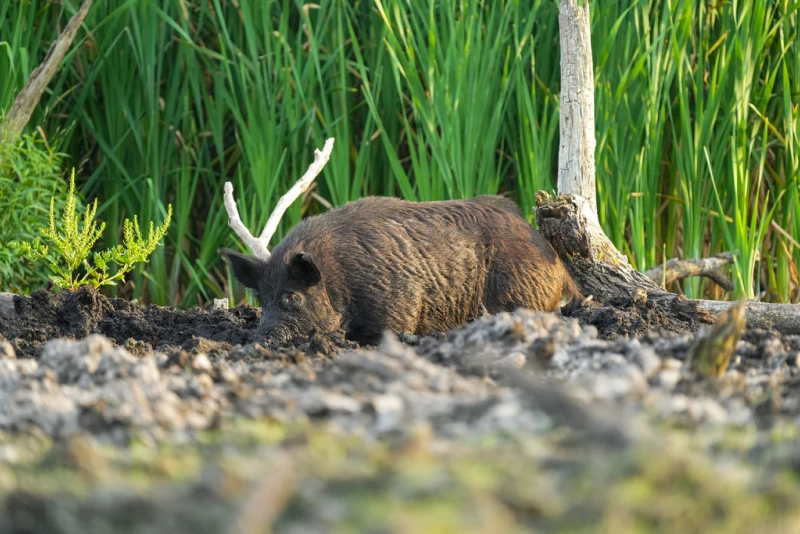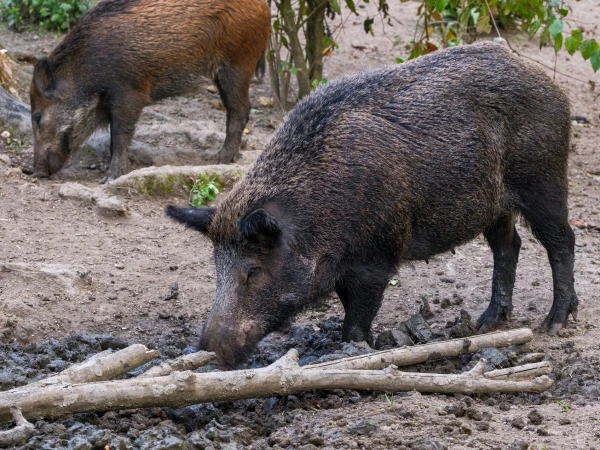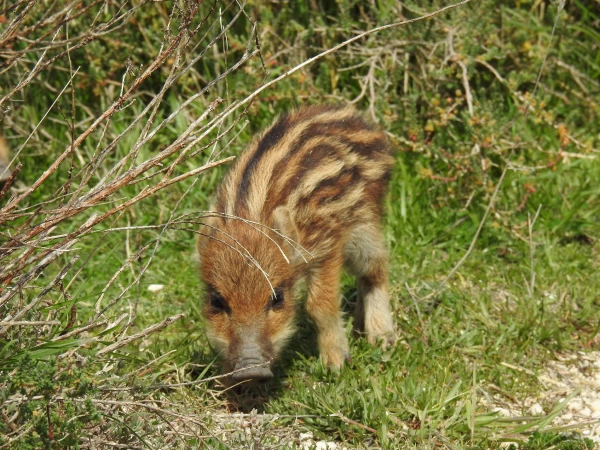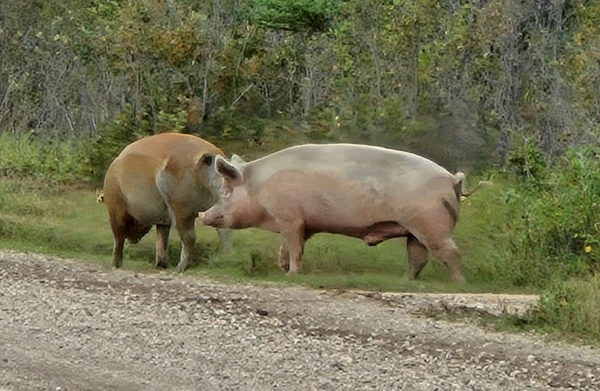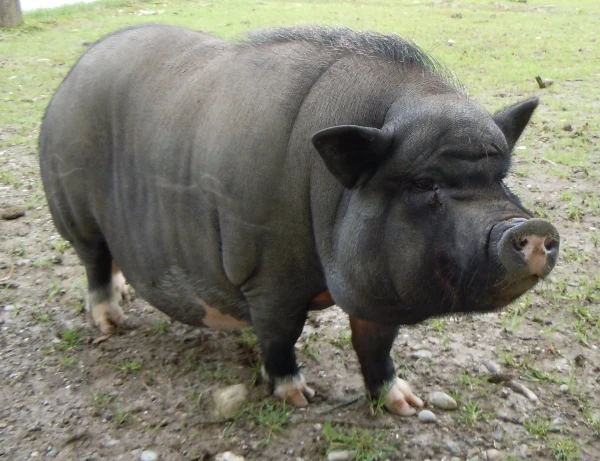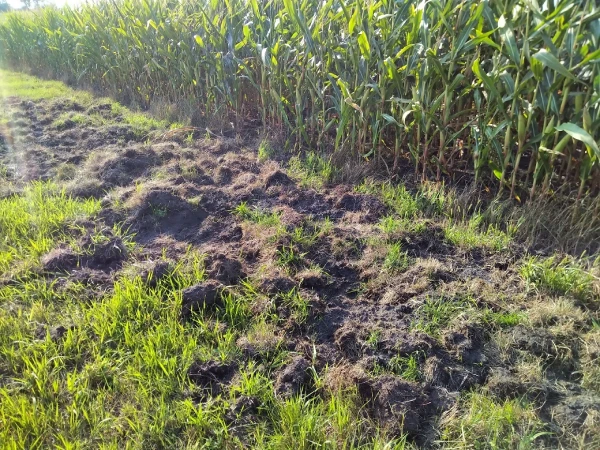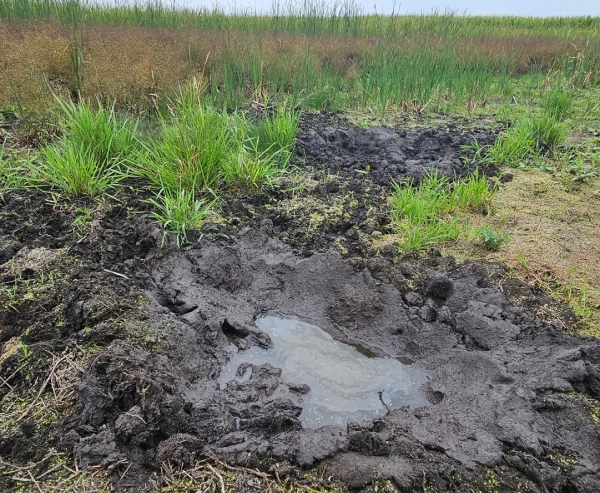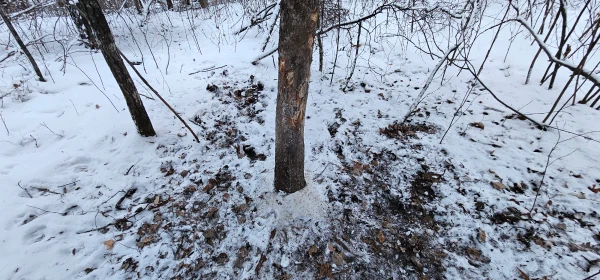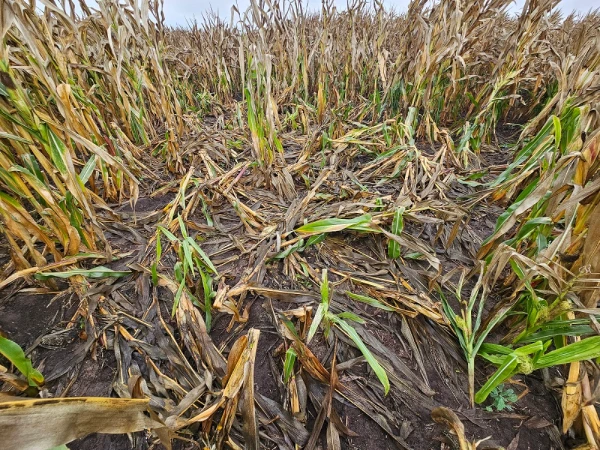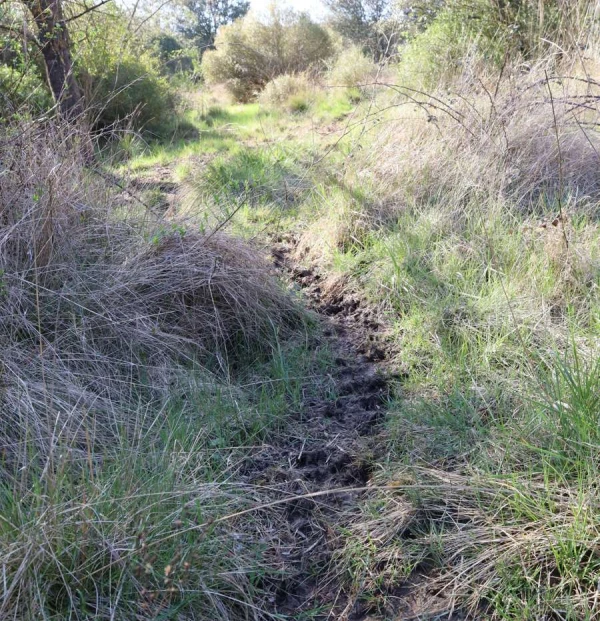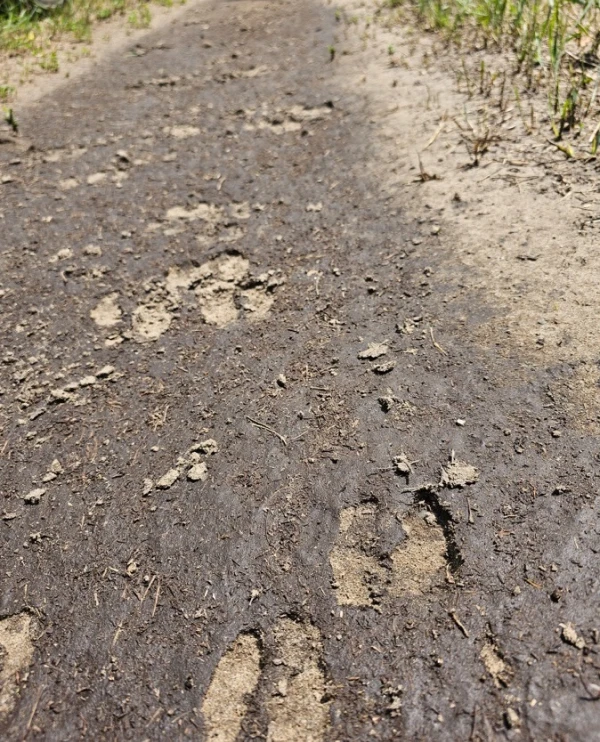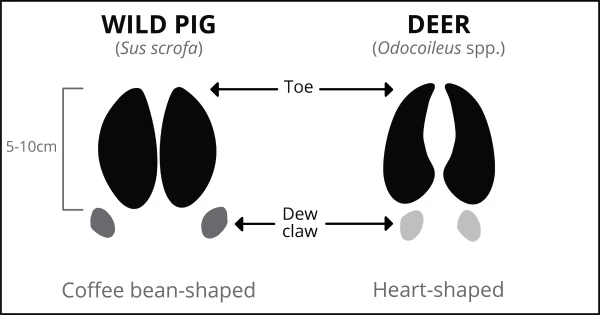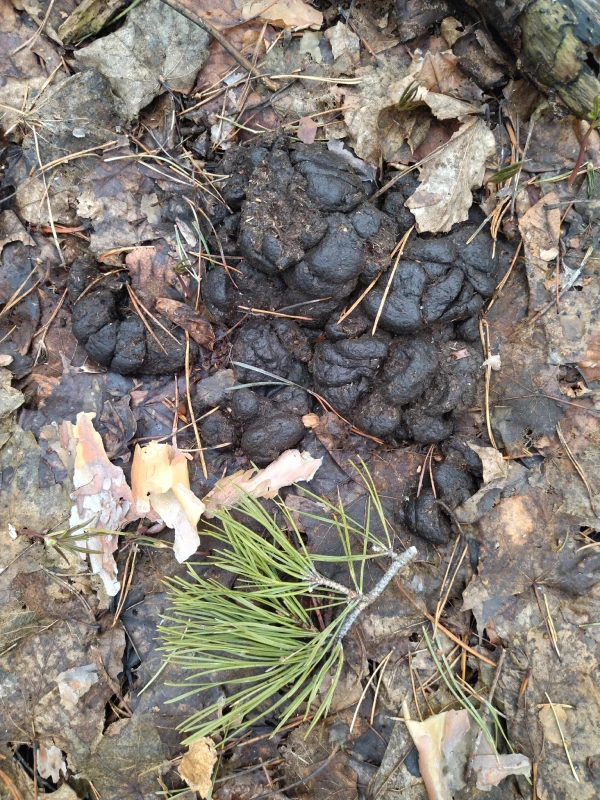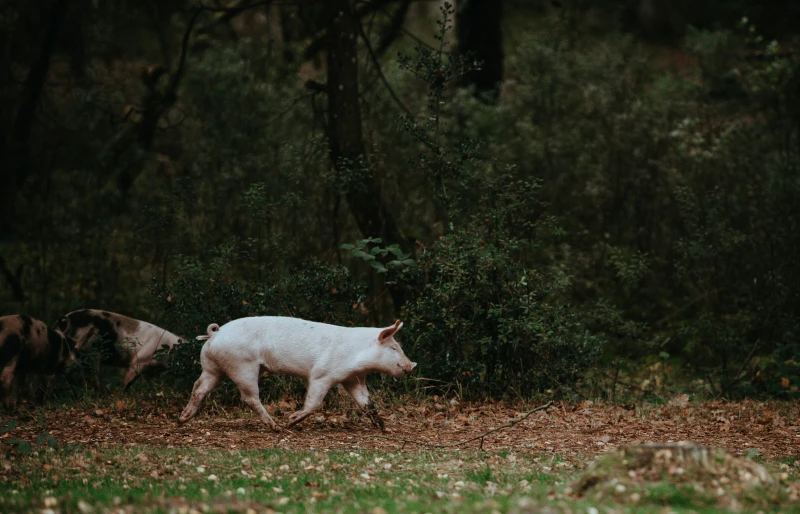
What is an Invasive Wild Pig?
Definition
An invasive wild pig is any animal of the species Sus scrofa that is not contained or under the physical control of any person or is otherwise roaming freely.
This includes pigs of any type (domesticated pig, Eurasian wild boar, or hybrid of the two) that have escaped or been released from containment and are no longer on the owner’s property. It also includes any pigs that were born and continue to live in the wild.
Report a sighting in your province or territory
What To Look For
Characteristics of Invasive Wild Pigs
Invasive wild pigs can be descendants of Eurasian wild boar, domestic pigs, or hybrids of the two, and can therefore vary in size, colour, and coat. Eurasian wild boar are generally smaller than breeds of pigs that are used in commercial pig production, but have certain characteristics that make them particularly well suited to surviving on the landscape, even in cold climates in Canada.
These pigs are often brown or black with coarse, bristly hair. Adults weigh between 70 kg and 100 kg on average, but some can get twice as large and reach 1 m in height and 1.5 m in length, particularly if they are hybrids of larger commercial breeds. Males typically have larger heads and tusks than females.
Piglets are often striped or spotted but lose this coloration as they mature. Domestic breeds of pigs that typically have relatively little hair when raised indoors can also grow longer, thicker hair after some time living in the wild. Pot-bellied pigs and their offspring can also be invasive wild pigs and have a very different body type from other breeds of pigs.1
Signs on the Landscape
Invasive wild pigs often try to avoid being seen by people, so they are often more active at night and not seen during daylight hours. The first clue that invasive wild pigs are in your area may be the signs they leave on the landscape.
Learn more about the impacts of wild pigs and actions you can take to prevent their spread.
Sources:
1 VerCauteren, K. C., Beasley, J. C., Ditchkoff, S. S., Mayer, J. J., Roloff, G. J., & Strickland, B. K. (Eds.). (2019). Invasive wild pigs in North America: ecology, impacts, and management. CRC Press.
